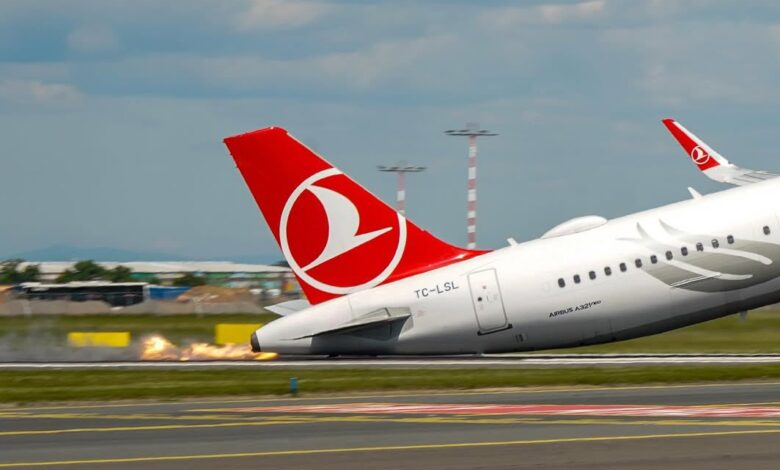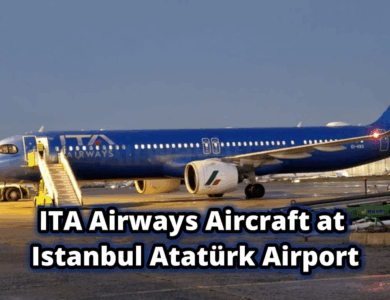“Dual Control” Detail in Turkish Airlines Prague Tail Strike

Tail Strike Incident Involving Turkish Airlines Aircraft in Prague: “Dual Control” Detail Emerges in Investigation
The Czech Republic’s Air Accidents Investigation Institute (UZPLN) has revealed that a tail strike involving a Turkish Airlines Airbus A321neo during landing in Prague was caused by simultaneous sidestick inputs from both pilots.
The incident occurred on May 11 during an ILS approach of a flight from Istanbul to Prague. The aircraft, flown by the first officer, was making a stable visual approach to the runway. During landing, the flare maneuver — raising the nose to reduce the descent rate before touchdown — was insufficient, leading to a hard landing. The captain, aiming to avoid a second “undesired bounce,” believed a go-around was necessary.
According to the report, although the captain gave three go-around instructions, he did not directly take control as required by procedure. As a result, both the captain and the first officer made sidestick inputs simultaneously, which were merged as “dual input.” This caused the aircraft to pitch up excessively, leading to the tail making contact with the runway and leaving a 15-meter scrape mark. The rear fuselage sustained damage, but no injuries were reported.
France’s civil aviation safety authority, the BEA, confirmed that the aircraft involved was a 5-year-old Airbus A321neo, registration TC-LSL, powered by Pratt & Whitney PW1100G engines. The BEA is also involved in the investigation of another Turkish Airlines A321neo tail strike (registration TC-LTG) that occurred under similar circumstances in Dublin on July 1.
What Should Have Happened?
The captain should have physically taken over control by announcing, “I have control,” and then executing the maneuver. However, instead of taking over, the captain pulled back on his own sidestick while the first officer was still initiating a go-around on his sidestick. In Airbus aircraft, the sidesticks are not mechanically linked, so if both pilots make simultaneous inputs, the flight computer sums them together. Because both pilots were pulling back at the same time, the pitch angle increased more than normal, leading to the tail strike.
📰: Flight Global
📸: avgeek_vojta (IG)



